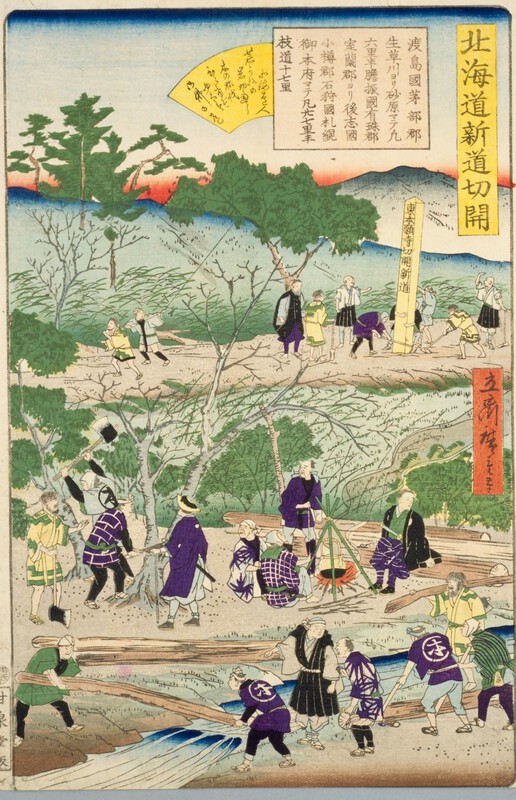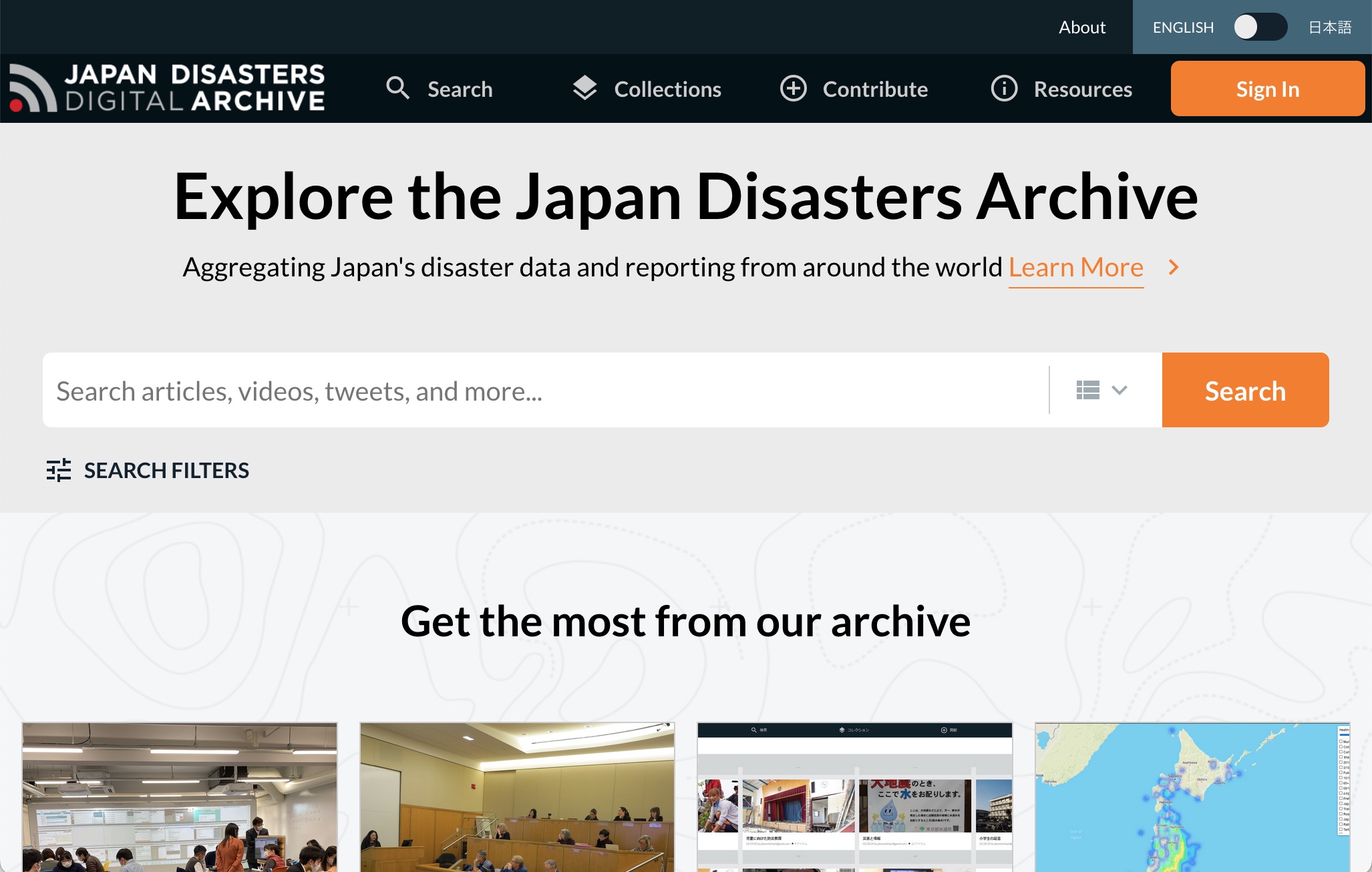Special Section:
In this two part special issue of Asia-Pacific Journal: Japan Focus, we are pleased to offer some reflections on the still-young practice of born-digital archiving through a two-part case study of the Japan Disasters Archive (JDA), and we thank Japan Focus for publishing the first part on the 14th anniversary of the March 11, 2011 disaster. The JDA is a project of the Reischauer Institute of Japanese Studies (RIJS) at Harvard University. It was developed in close partnership with the Michinoku Shinrokuden archive of the International Research Institute of Disaster Studies (IRIDes) at Tohoku University. Planning for the archive began just days after the unprecedented earthquake and tsunami of March 11, 2011, when the impact of the long-term crisis that came to be called 3.11 was just beginning to be understood. In that context, it is no surprise that we acted both with urgency and with only the vaguest idea of what we were creating and for whom. Fourteen years later, we see the archive as a form of public history which provides both information and a forum for discussion of the impact and meaning of the disaster and its aftermath. We write in hopes that readers might make use of the archive and that those working on other such projects might find our experience helpful to consider.
According to the prominent scholar of Japanese economic history and Digital Games Akira Baba (2012), the term “digital archive” appeared in the Japanese nomenclature during the 1990s to describe the digitization of existing cultural materials.1 A digital archive was once considered a database of replicas and was always secondary to a museum with original, physical materials. In this context, the term digital meant the act by the content holders to preserve and revive the past in the present and allow the broader circulation of copies via the Internet or other digital media.
However, when the JDA emerged as a response at a distance to the March 11, 2011 (3.11) compound disaster of earthquake, tsunami, and nuclear meltdowns, digital archiving posed different questions, challenges, and possibilities. What happens to an archive and its formation, practices, and sustainability when original content is only “born-digital” and managed far away? What does preserving and remembering the past mean in the digital age? Who can participate in curating, circulating, and exhibiting those born-digital materials? What are some lessons and cautions when building a digital archive?
We offer answers to those questions in Part I with an autobiographical account of the JDA from two distinct but intertwined perspectives: that of the makers of JDA (written by Gordon and Morimoto) and that of our long-time collaborator and observer in Japan (Shibayama). In Part II we address them by discussing the uses of the JDA in research (Sato) and in the classroom (Gordon and Morimoto, Boret and Gerster).
Part I: Creating a Disaster Digital Archive in Real Time
Andrew Gordon, Ryo Morimoto, Akihiro Shibayama
Part II: Using a Digital Archive for Teaching and Research
SébastiEn Boret, Julia Gerster, Andrew Gordon, Ryo Morimoto, Keiichi Sato
Zadankai: The Future and Politics of Disaster Digital Archiving
Andrew Gordon, Ryo Morimoto, Akihiro Shibayama, Julia Gerster, SébastiEn Boret, Keiichi Sato
Reflections on the Japan Disasters Archive
Notes:





